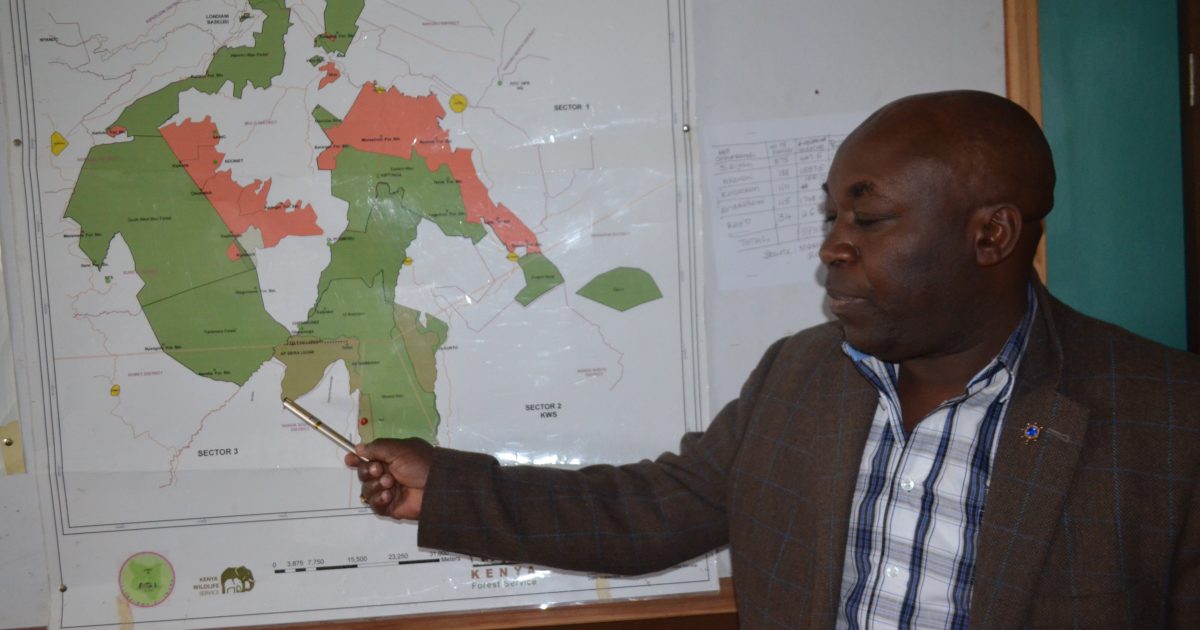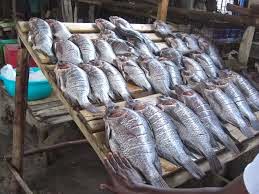92 percent of the seeds planted in 2500 acres of land at the Maasai Mau Forest last year have germinated.
The Narok County Ecosystem Conservator, Mwangi Muraguri said the seedlings are tendered by 880 locals employed by the department of forest to man the forest since October last year.
“Each of casual laborers is paid Sh. 360 a day. This has not only helped in creating employment to the locals but also seen the same locals man the forest to avert further destruction,” said Muraguri.
The seeds mostly planted through aerial spray were planted by a multi-agency team that included the Kenya Forest, Kenya Wildlife Service, Ewaso Nyiro South Development Authority (ENSDA), and Narok County Government among other non-governmental Organizations.
“The trees planted include the pine trees, cedar, bamboo, eucalyptus, Cyprus, blue gums, gravellier among other species which were mostly dispersed through aerial spray,” said Mwai.
Muraguri who spoke from his office said the process of putting up a fence around the forest was to begin by March this year but delayed by the global Covid-19 epidemic.
“The plan was to first fence 50 kilometres of forest beginning from Sierra Leonne area, which would later be extended to cover 200 Kilometers,” said Muraguri.
The restoration of Maasai Mau forest comes after the government evicted over 2000 families living in the forest lands in two different phases that began in the year 2018 and 2019.
The government has since deployed a multi-agency security team in the area to man the water catchment land from diminishing.
Muraguri challenged residents not to cut indigenous trees that they inherited from their parents as they help in improving on soil fertility.
“When you cut trees, massive soil erosion take place threatening the fertility of your farm. This forces farmers to spend a lot of money to purchase manure to boost production which is very expensive,” said the environmentalist.
The Ecosystem Conservator said Kenya’s forest cover has increased from 6.9 per cent in 2013 to over 7.24 per cent in 2018, an improvement that has been attributed to the policy frameworks put in place to protect and preserve the ecosystems.
The Government still holds on the moratorium issued last year over logging which has seen success in control over logging and charcoal burning.
Maasai Mau forest is the largest water tower in East and Central Africa and it’s the source of major rivers such as Mara River, Nyangores and Amolo rivers that are crucial for the Serengeti (Tanzania) and Masai Mara Game Reserves.
By Ann Salaton




